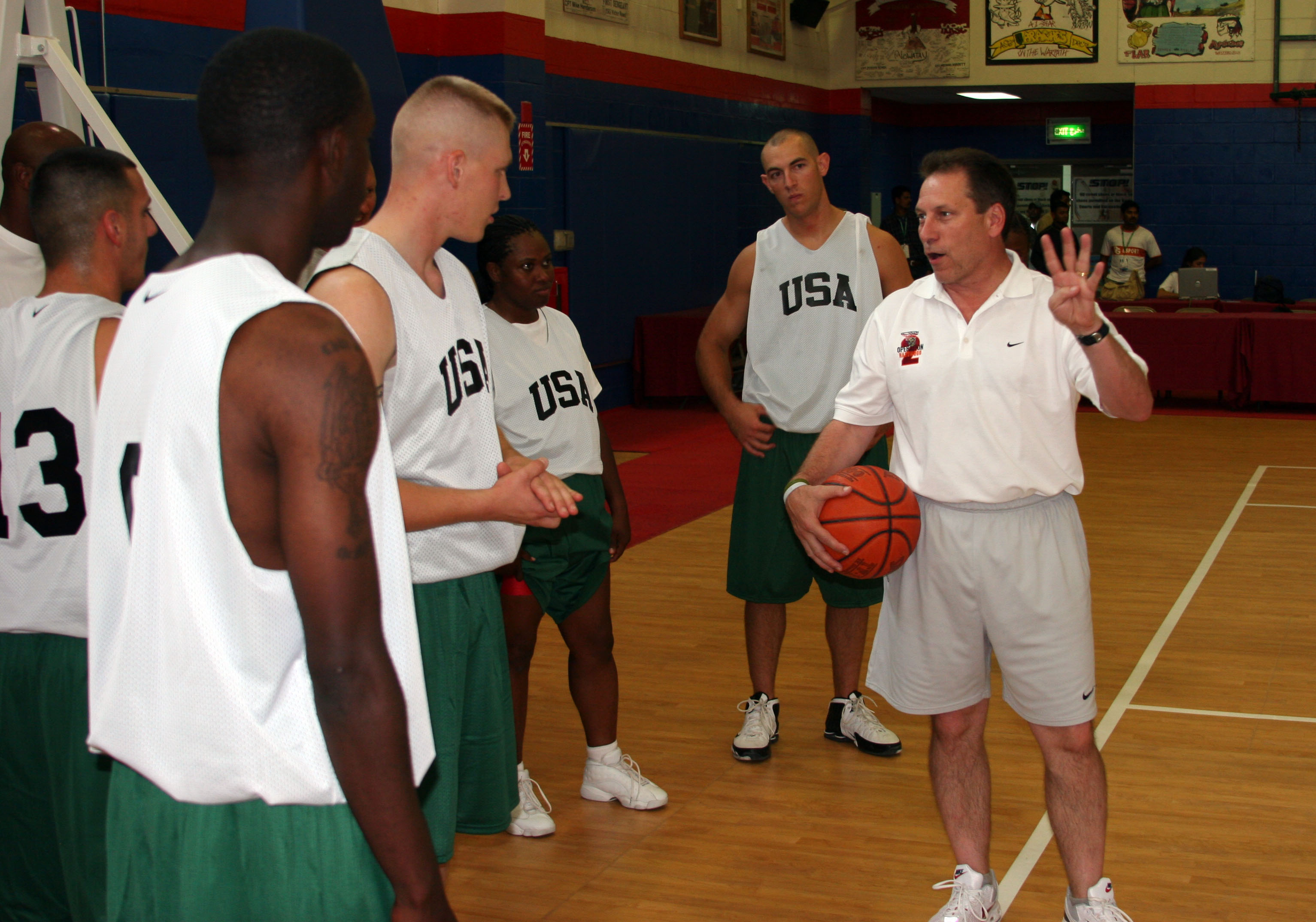Inspired by the Learning Network and the Cognitive Coaching model, as well as the Instructional Coaching model from Jim Knight et al, we've moved away from an evaluative assessment model for observations to a collaborative improvement model. Dave has written a few excellent posts on coaching. One of the things we try to do for the TAs is a coaching demonstration, where they can see what this process is like. Very understandably, they are nervous about being observed. This semester, I've came in and taught a lesson as if to my preservice secondary teachers, and then we debriefed for the demonstration.
We ask the students for whatever they're using for teaching notes (as opposed to expecting a lesson plan) and for them to fill out an action plan. My lesson plan is pretty bare bones... many student teachers wanted to know if that was okay. Yup. The principle is do what is helpful to you. What I brought:
Greater Than Lesson PlanI realized I omitted the lesson objective of analyzing an activity as a teacher, and put that in for the teaching of the lesson 'for real.' We only did a representation of the first part of the lesson for the coaching. Here's the action plan:
Math 229, 9/26/12
Objective: understand nature of inequalities and their interaction with operations; apply to measurement
Agenda
5 Start Up, DOS, share HW
45 Greater Than Game
SA: Fill in blanks: 3 ___ 10; -3 ___ 2; -1 ____ -3;
F: explain game rules, play a round vs whole class
A: they play; pose question “what effect did operations have on inequalities?”
R: (10 min) discuss
• what effect did operations have on inequalities?
• strategies in game
• suggestions for improving the game
50 Error analysis investigation
SA: Measuring a line with +/-5 Contest reveal; debate winning conditions if there’s an opportunity
F: overview of measuring stations; introduce contest
A:
-they measure volumes and areas
-class-wide table of results
R: explain how did they compute errors for their measurements
5 Concerns/ Wrap Up
To Do:
Observation Journal WS
101qs.com how many/how much investigation
Materials:
playing cards
rulers/measuring tape
contest jar
Dave took notes while I was teaching. (He may produce a sharper version of this.) When we're taking notes we often make note of other things to talk or think about aside from the action plan, but don't necessarily bring them up unless it is something that could greatly help the observed.
The dialogues following an observation are some of my favorite times at work. Discussing teaching with another professional based on something that we both just saw happen is amazing. Exciting as a teacher and satisfying and growing as a colleague. We've tried to think of a way to encourage this kind of teacher to teacher interaction at the university, but it hasn't happened yet.
The video of this coaching isn't exactly like what it is when not for demonstration, but what is here is pretty authentic. (For one thing, the discussion is usually 30 min to an hour.) I did make some of the changes that were suggested here or in the discussion afterward with TAs participating in the coaching. They recognized the value of positive feedback, seemed less intimidated by the prospect, and were interested in how the person being coached does more of the talking.
What: the game does work for generating experiences to consider inequalities. I think it also works on the level of an activity for novice teachers to evaluate for use in class. It raises the issues of materials, effort to implement, and when a game might be good in class. (Some of this is based on my use of the game with my PSTs.) I did hear a couple things that made me think about how do I make sure more of the connections that I'm thinking of get shared in class, for example the connection to War. I do like the structure of the game.
So what: I want to consider the idea of generating a good demonstration game vs authentically playing a game to model. I feel hesitant to stage a game, and I'm not sure why. I want to think more about when should a game be well-determined and cleanly set, and when should a game be something that you kind of unroll over a few days.
The idea of being clearer with preservice teachers about the difference between how things work in our college classroom and how it would be with K-12 students is definitely a valuable one.
Now what: I did clean up the instructions as they suggested. I think the game is good as is for high school. The choice of cards vs flipping off the top helps emphasize that the only thing that flips the inequality is multiplying by a negative. The flipping is a nice variation for younger students who are focused more on operations with signed number. As a game I have to think more about the full strategy version. Is there a way to make it a real game?
It's a constant danger that PSTs will decide our experiences are irrelevant when confronted with the schools as they are. So thinking about this transition and connection piece from teacher education to teacher reality should always be considered. I also want to continue to be sensitive to the idea of big shifts and subtle shifts. Subtle shift - questioning, medium - finding a game online, big - designing your own game or writing your own curriculum.
Note: I'll shortly have a post up that's just about the game with the current version.
Image credit: By Sgt. Robert Adams [Public domain], via Wikimedia Commons


No comments:
Post a Comment